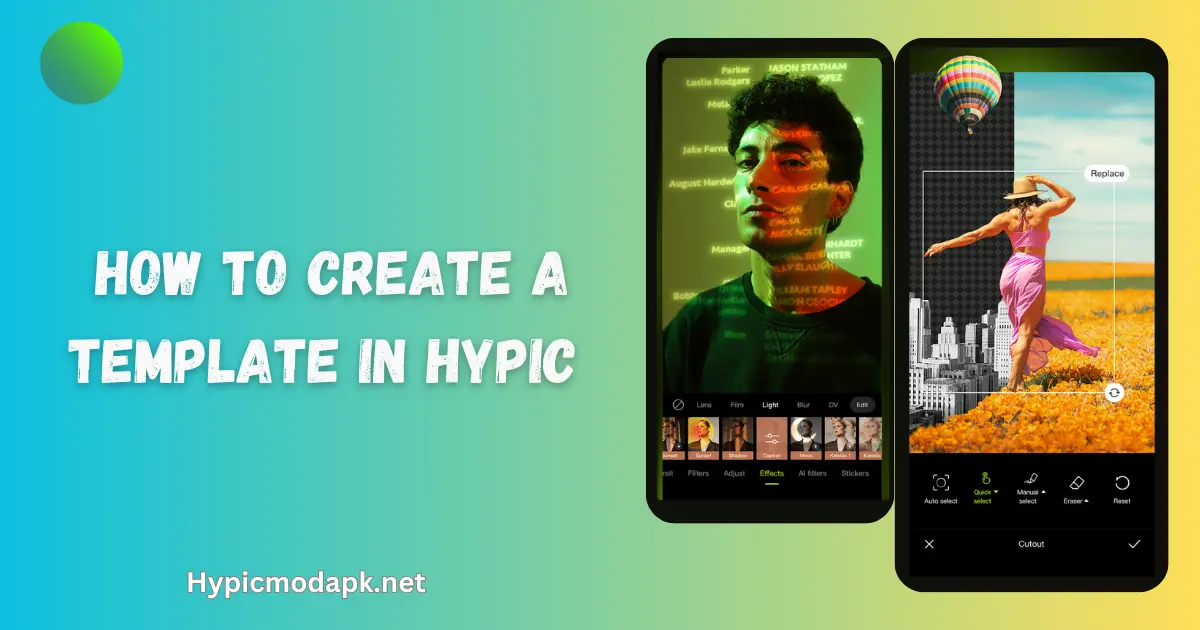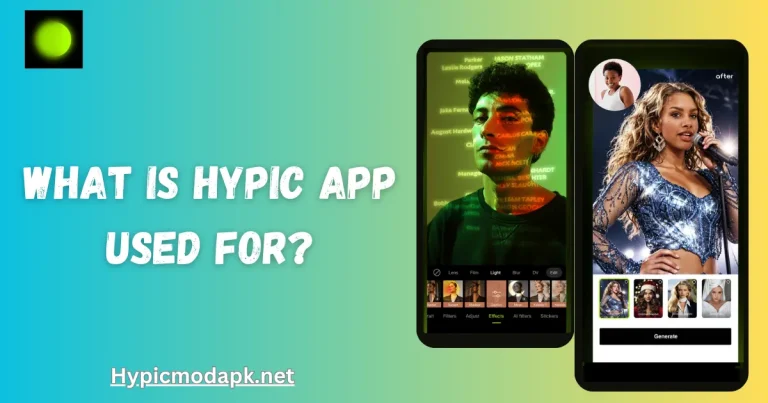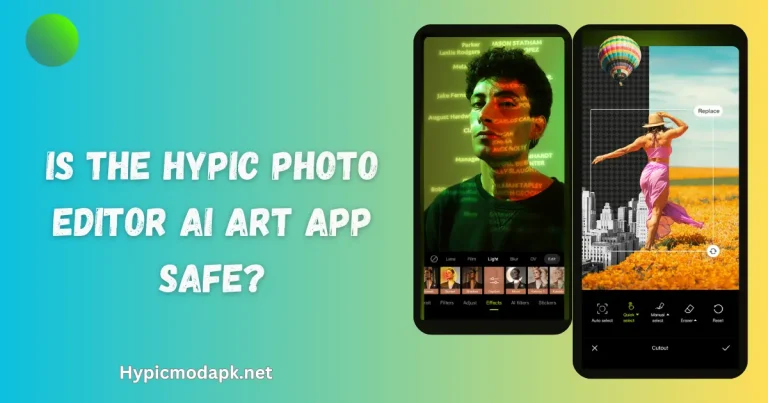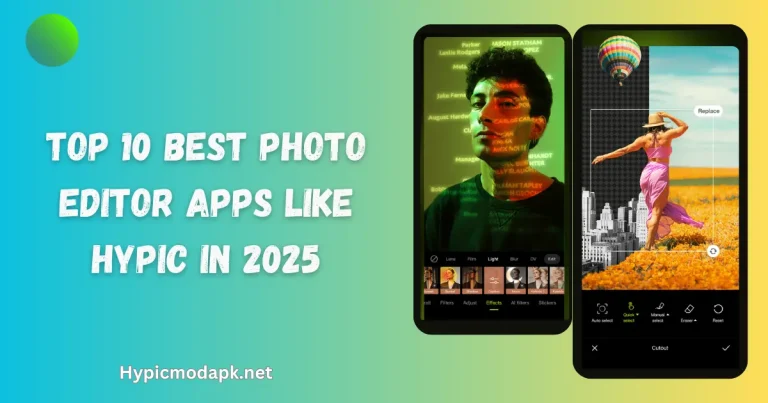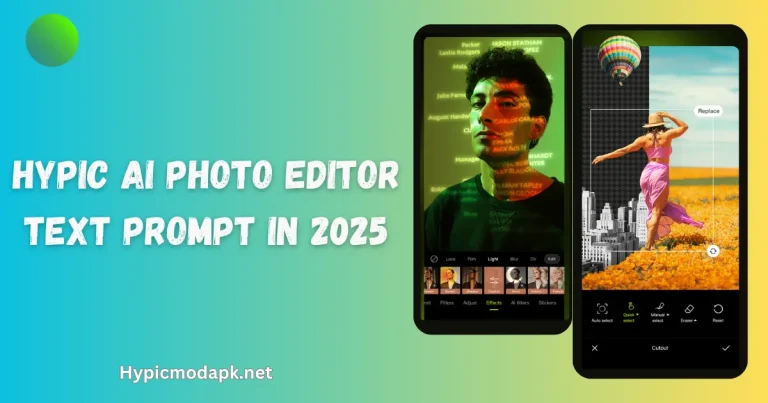How to Create a Template in Hypic | A Step-by-Step Guide
Creating a template in Hypic is a straightforward process that empowers you to design custom layouts for your projects. This article explains the step-by-step method to create templates effortlessly using Hypic’s intuitive tools.
Step-by-Step Guide to Creating a Template in Hypic
- Download and Install Hypic App
- Start by ensuring you have the latest version of the Hypic app installed on your device. Download it from the official app store or Hypic website.
- Start by ensuring you have the latest version of the Hypic app installed on your device. Download it from the official app store or Hypic website.
- Access the Template Creation Feature
- Open the Hypic app and log in to your account.
- Navigate to the “Templates” section, typically found in the main menu or dashboard.
- Choose a Base Template
- Select a pre-existing base template to customize or start with a blank canvas.
- Hypic provides a variety of template options, including those tailored for social media, presentations, and marketing materials.
- Customize Your Template
- Use Hypic’s drag-and-drop editor to add text, images, and shapes.
- Adjust colors, fonts, and layouts to align with your design vision.
- Incorporate elements like icons, backgrounds, and special effects to enhance your template.
- Save and Name Your Template
- Once satisfied with your design, click the “Save” button.
- Assign a name to your template for easy identification in future projects.
- Share or Use Your Template
- Use your saved template across multiple projects.
- Share it with team members or clients for collaborative use.
Download Hypic Mod APK
Why Hypic is Ideal for Template Creation
- User-Friendly Interface: Hypic’s intuitive design makes it easy for beginners and professionals alike.
- Customization Flexibility: Offers extensive tools for personalizing templates to suit diverse needs.
- Cloud-Based Access: Save and access templates anytime, anywhere.
Advanced Features to Elevate Your Templates
- Layer Management
- Organize and manage multiple design elements using Hypic’s layer panel.
- Lock, hide, or reorder layers to simplify your editing process.
- Template Resizing
- Quickly resize your template for various platforms, such as Instagram, Facebook, or print formats.
- Maintain design integrity across different dimensions with Hypic’s adaptive resizing tool.
- Collaboration Tools
- Invite team members to collaborate in real-time.
- Use annotation features to leave comments and suggestions directly on the design.
- Integration with Stock Libraries
- Access a vast collection of stock images, videos, and icons directly within Hypic.
- Streamline your design process by incorporating high-quality assets without leaving the app.
Best Practices for Template Creation
- Keep It Simple
- Avoid overcrowding your template with too many elements. Focus on clarity and purpose.
- Avoid overcrowding your template with too many elements. Focus on clarity and purpose.
- Align Elements Properly
- Use alignment guides to ensure consistency and professionalism in your design.
- Use alignment guides to ensure consistency and professionalism in your design.
- Test Across Devices
- Preview your template on different devices to confirm it looks great everywhere.
- Preview your template on different devices to confirm it looks great everywhere.
- Save Frequently
- Use Hypic’s auto-save feature or manually save your progress to avoid data loss.
Troubleshooting Common Issues in Template Creation
- Templates Not Saving Correctly
- Ensure you have a stable internet connection while working with Hypic.
- Verify sufficient storage space on your device for saving the project.
- Design Elements Misaligned
- Use Hypic’s alignment tools to automatically adjust and align elements properly.
- Double-check dimensions and spacing guides.
- Performance Lag While Editing
- Close unnecessary background applications to free up system resources.
- Update the app to the latest version for improved performance and bug fixes.
- Image Quality Issues
- Use high-resolution images to maintain clarity and sharpness in your templates.
- Avoid excessive resizing of images, as it can lead to pixelation.
Creative Ideas to Make Your Templates Stand Out
- Incorporate Unique Fonts
- Experiment with modern and creative font styles to make your templates visually appealing.
- Experiment with modern and creative font styles to make your templates visually appealing.
- Use Color Psychology
- Choose colors strategically to evoke the desired emotions or responses from your audience.
- Choose colors strategically to evoke the desired emotions or responses from your audience.
- Add Interactive Elements
- Include clickable links, buttons, or QR codes for dynamic templates.
- Include clickable links, buttons, or QR codes for dynamic templates.
- Experiment with Layouts
- Try unconventional layouts and asymmetrical designs for a modern look.
Optimizing Templates for Specific Use Cases
- Social Media Templates
- Focus on eye-catching visuals and bold typography to grab attention quickly.
- Use platform-specific dimensions to ensure the content looks perfect on Instagram, Facebook, or Twitter.
- Business Presentations
- Prioritize clean, professional designs with minimalistic layouts.
- Use bullet points and infographics to communicate information effectively.
- Event Invitations
- Include vibrant colors and decorative fonts to create engaging invitations.
- Add RSVP links or QR codes for convenience.
- Educational Materials
- Use clear headings and well-organized layouts for readability.
- Incorporate diagrams and charts to simplify complex concepts.
Leveraging Analytics to Improve Designs
- Track Engagement Metrics
- Use analytics tools to measure how your templates are being used and shared.
- Identify popular elements and replicate their success in future designs.
- User Feedback
- Gather feedback from your audience or clients to refine and improve your templates.
- Gather feedback from your audience or clients to refine and improve your templates.
- Iterative Improvements
- Continuously update your templates based on performance data and evolving trends.
Conclusion
Creating templates in Hypic is an accessible yet powerful way to elevate your designs and streamline your projects.
From its user-friendly tools to advanced features like collaboration and resizing, Hypic offers a comprehensive platform for all your design needs.
By following the best practices and leveraging analytics, you can ensure your templates stand out and meet their intended goals effectively.
FAQs
Can I create templates for free on Hypic?
Yes, Hypic offers free tools to create templates, with additional premium features available for advanced customization.
How can I share my templates with others?
You can share templates directly from the app via email or generate a shareable link for collaboration.
What file formats are supported for exporting templates?
Hypic supports formats such as PNG, JPG, and PDF for exporting your designs.
Is it possible to edit saved templates later?
Absolutely! Hypic allows you to revisit and edit your saved templates anytime.
Are there any size limitations for templates?
Hypic provides preset dimensions for various platforms, but you can create custom sizes based on your requirements.

